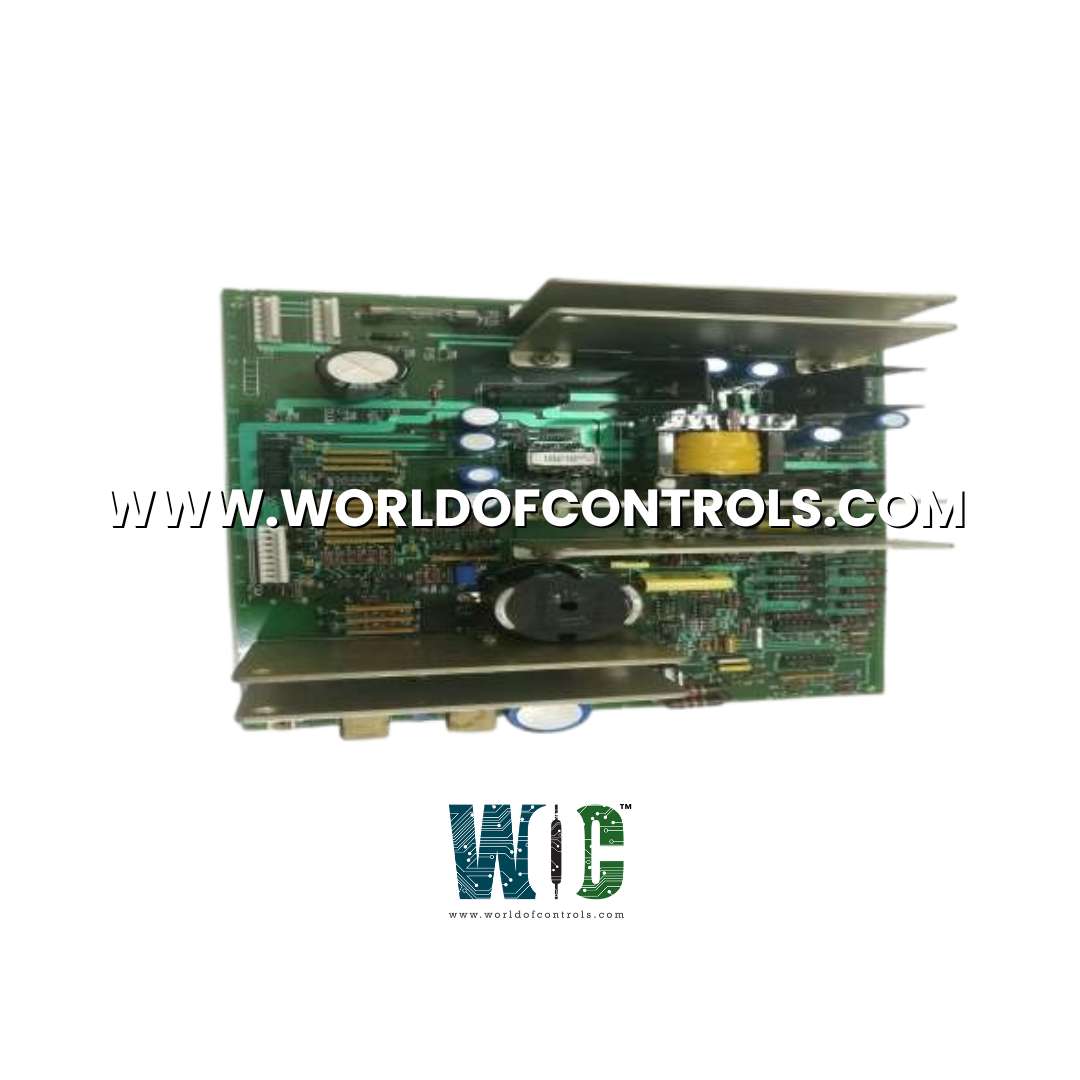
World Of Controls understands the criticality of your requirement and works towards reducing the lead time as much as possible.
DS200TCTSG1ACC - Simplex Turbine Control Trip Module is available in stock which ships the same day.
DS200TCTSG1ACC - Simplex Turbine Control Trip Module comes in UNUSED as well as REBUILT condition.
To avail our best deals for DS200TCTSG1ACC - Simplex Turbine Control Trip Module, contact us and we will get back to you within 24 hours.
SPECIFICATIONS:
Part Number: DS200TCTSG1ACC
Manufacturer: General Electric
Series: Mark V
Product Type: Simplex Turbine Control Trip Module
Operating System: QNX
Power Requirements: +5 V dc, 6 A
Number of input channels: 12
Number of outputs: 125 V dc
Trip Solenoid Rating: 125 V dc
Power supply voltage: 28 V dc
Input Voltage: 12 V dc
Mounting Type: Chassis Mount
Technology: Surface mount
Operating temperature: 40 to 85°C
Size: 33.0 cm x 17.8 cm
Repair: 3-7 Day
Availability: In Stock
Country of Origin: United States
Manual: GEH-6800
FUNCTIONAL DESCRIPTION:
DS200TCTSG1ACC is a Simplex Turbine Control Trip Module manufactured and designed by General Electric as part of the Mark V Series used in GE Speedtronic Control Systems. The Simplex Turbine Control Trip Module is a critical safety component in turbine control systems, primarily designed to protect turbines (whether gas, steam, or hydro) from dangerous operating conditions. Turbines are highly sophisticated machines, and their operation requires precise control to ensure they run within safe limits. If something goes wrong, such as an overspeed event, excessive vibration, or other abnormal conditions, the trip module takes immediate action to shut down the turbine and prevent damage, potentially saving the turbine from catastrophic failure and ensuring the safety of personnel and the environment.
FUNCTIONS OF SIMPLEX TURBINE CONTROL TRIP MODULE:
SAFETY MONITORING:
EMERGENCY SHUTDOWN (TRIP FUNCTION):
FAULT DETECTION:
TRIP LOGIC AND REDUNDANCY:
INTEGRATION WITH TURBINE CONTROL SYSTEM:
WOC has the largest stock of OEM replacement parts for GE Speedtronic Gas Turbine Control Systems. We can also repair your faulty boards and supply unused and rebuilt boards backed up with a warranty. Our team of experts is available round the clock to support your OEM needs. Our team of experts at WOC is happy to assist you with any of your automation requirements. For pricing and availability on parts and repairs, kindly contact our team by phone or email.
How does the Trip Module protect the turbine?
The trip module constantly monitors key turbine parameters and, if any parameter exceeds safe thresholds, it immediately shuts down the turbine to prevent damage. This ensures the turbine operates within safe limits and avoids catastrophic failure due to unsafe conditions.
What is the difference between the control system and the Trip Module?
The turbine control system manages the turbine’s normal operations, including speed, load, and temperature regulation. In contrast, the trip module specifically monitors emergency conditions and acts only to protect the turbine by shutting it down in unsafe situations.
What happens during a trip event?
During a trip event, the module cuts off the fuel or steam supply to the turbine, closes critical valves, and safely brings the turbine to a stop. The system often triggers alarms to alert operators to the issue, and detailed logs are recorded for post-trip diagnostics.